Enclosed Ecosystem Platform
Parent institution: University of Antwerp
Active since 2016
Active through whole year
Fields of study
- Other
- Limnology
- Terrestrial biology, Ecology
- Microbiology
- Hydrology
- Marine biology
- Mapping, GIS
- Soil science
- Geocryology, Geomorphology
- Geology, Sedimentology
- Environmental sciences, Pollution
- Climatology, Climate Change
- Isotopic chemistry
Contact Information
Dardenne, Freddy
email: freddy.dardenne@uantwerpen.be
,
email:

